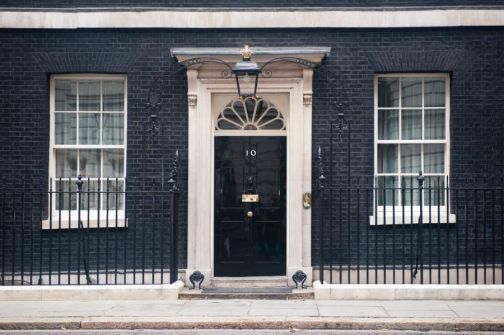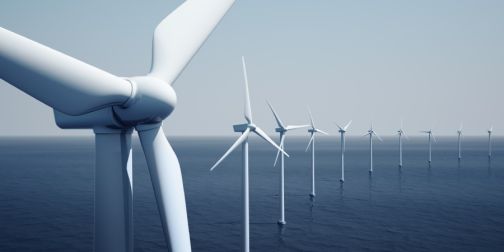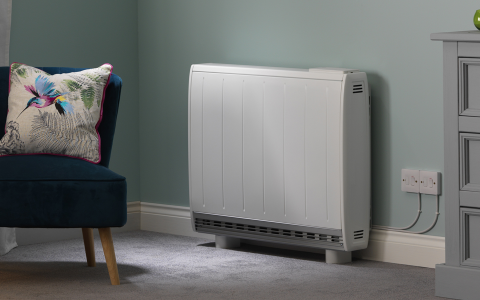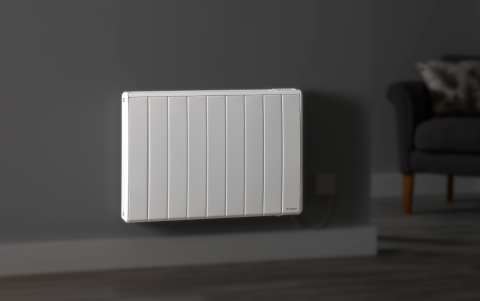
10 Point Plan: Green growth brings great opportunity for the electrical industry

The plan’s 10 key areas for achieving net-zero greenhouse gas emissions by 2050 are:
1. Quadrupling offshore wind supply to 40 gigawatts by 2030
2. Investing in low carbon hydrogen to produce a five gigawatts capacity by 2030
3. Supporting nuclear power as a clean source of energy
4. Phasing out new petrol and diesel cars and vans by 2030
5. Investing in zero-emissions public transport and encouraging cycling and walking
6. Supporting research into zero-emissions planes and ships
7. Making homes and public buildings greener, warmer and more energy efficient
8. Developing carbon capture storage (CCS) to capture and store 10 million tonnes of carbon dioxide by 2030
9. Protecting and restoring the natural environment
10. Encouraging innovation in low carbon technologies, making London the global centre of green finance
Clean Energy and the Impact of Increased Benefits of Electrical Solutions

The government’s plan to quadruple offshore wind capacity to power every home with an additional 40GW output by 2030, as well as a £525 million investment in nuclear plants, will help support the decarbonisation of heat. By increasing the share of renewable and low carbon sources feeding into the grid, the benefit of using electrical technologies will also increase.
Although this investment helps strengthen the capacity of the grid, it alone will not be enough to solve the issue of increased demand brought on by electrification of cars and vans in point four or public transport in point five for example. If we are to rely on renewables and avoid power outages, serious conversations should be had away from simply increasing the supply of power into the grid, and towards increasing the flexibility of the loads that we are undoubtedly going to add over the coming years.
Industry is starting to collaborate and innovate on ways to cope with future scenarios around energy supply and demand. It’s starting to be recognised that technologies such as high heat retention storage heating could act as a balancing mechanism, dislocating the peak periods of demand from any troughs in supply, and therefore maximising the number of electric technologies that can be powered by the grid across a 24hr period.
Greener, Warmer, and More Energy Efficient Homes

Point seven of the ten-point plan is about making homes and public buildings greener, warmer and more energy efficient. Decarbonising heat is one of the largest challenges the UK faces in reaching its 2050 target, and the government has pledged £1 billion of funding during 2021 to make new and existing homes more efficient. The electrical industry will be critical in supporting this change; recommending, installing and maintaining low carbon electric solutions for UK buildings.
Heat pumps are at the core of the electrification of heat, however there is no one silver bullet and hybrid solutions based on the requirements of the building, occupants and energy network will need to be used to mix technologies for maximum benefit. For example, a hot water heat pump, which uses renewable technology to generate domestic hot water, is a sustainable and future proofed way of reducing a building’s emissions where traditional heat pump technology is not yet suitable.
Do we have the skills to cope with future demand for sustainable products?

Skills shortages in the electrical industry have been a topic for discussion for a while, and it is estimated that between 12,500 and 15,000 additional electricians are needed over the next five years. However, with the rapid electrification of heat, transport and services, comes even greater demand for electricians. In addition, there is will be a requirement for electricians to work with many new technologies that they may not yet have experienced. This could create a skills gap in knowledge as well as in people, and one solution is to train people regularly and early. We as a manufacturer have taken responsibility for providing information on the new technologies that will be required to deliver on our promise of a net zero carbon economy by 2050.
Head to GDHV Academy and explore the variety of training on technologies, including the ones mentioned here.
Making the most of decarbonisation
Dimplex is a part of Glen Dimplex Heating & Ventilation. We pride ourselves in being leaders in the transition to a sustainable world, and our industry experts are on hand to provide advice on making the most of opportunities for low carbon electrical solutions.
For more information get in touch with your local GDHV representative.

Boris Johnson’s Ten Point Plan: Clean and green, but is it enough to support the decarbonisation of heat?
Boris Johnson has launched his Ten Point Plan for a green industrial revolution. Ahead of COP26, this aims to show how committed Government is in making the UK a world leader in sustainability. But will this plan finally offer the infrastructure needed for the decarbonisation of heat?
6 mins read










